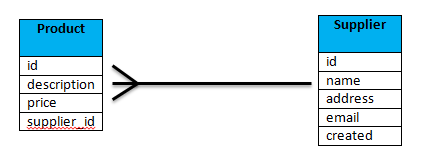Hi All,
How are you doing? Seems like my fingers do not want me to stay away from Symfony2 despite the Spring Bank Holiday. 🙂
Today, I am going to talk about how to call an Oracle Function in Symfony2. A function (aka stored function) is a collection of SQL statements which is used to perform various different activities within the Database. The good thing about the function is you can write your chunks of SQL inside the function and call it using a name to initiate. I will be focusing on how to call an Oracle Function in Symfony2 and if you would like to know more about Oracle functions please click here.
First, let’s take a look at a sample function which I have created and is saved in Oracle 12c Database.
create or replace FUNCTION testFunc123(old_bname IN VARCHAR2) RETURN VARCHAR2 IS BEGIN IF old_bname = 'TEST' THEN RETURN 'Y'; ELSE RETURN 'N'; END IF; END;The role of the above created Oracle function is to check whether the value of ‘old_name’ is equal to ‘TEST’ or not. If it is ‘TEST’, then the function will return ‘Y’ otherwise ‘N’. So, now what we going to do is call this function inside a Symfony2 controller. This is really easy, thankfully to wonderful Doctrine2.

